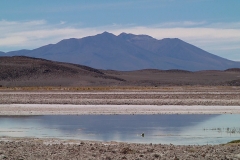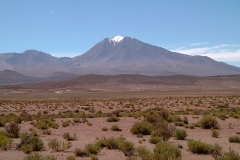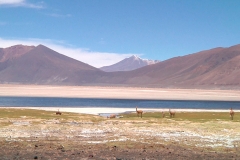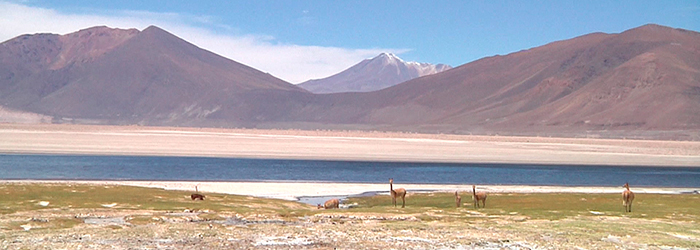Social Organization
Traditional Quechua communities are organized into groups based on extended family or friendship ties, and their members live in both urban and rural settings. The community comes together for ritual and religious ceremonies and for collective work projects involving the entire community. Quechua territory and lands are held communally but allocated to individual members for growing crops and gazing their livestock.
These communities have also been legally incorporated as indigenous communities under Indigenous Law Nº 19.253. These communities have a board that is responsible for administrating the territory and also participate in the Alto Loa Indigenous Development Area. Additionally, there is the Junta de Vecinos (Neighborhood Association) of Ollagüe, which is a municipal entity. The Quechua communities of Tarapacá—including Mamiña, Quipisca and Miñi Miñe—have also been officially incorporated. As most community members live in the city, they tend to maintain dual residency in both their home community and the city.
The Quechua population in these communities is small, although 30,019 individuals self-identified as Quechua in Chile’s 2013 CASEN Household Survey, which is a major increase from the 2002 Population Census, in which only 6,175 individuals self-identified as Quechua.






